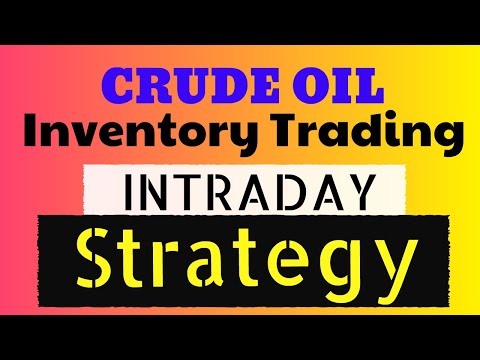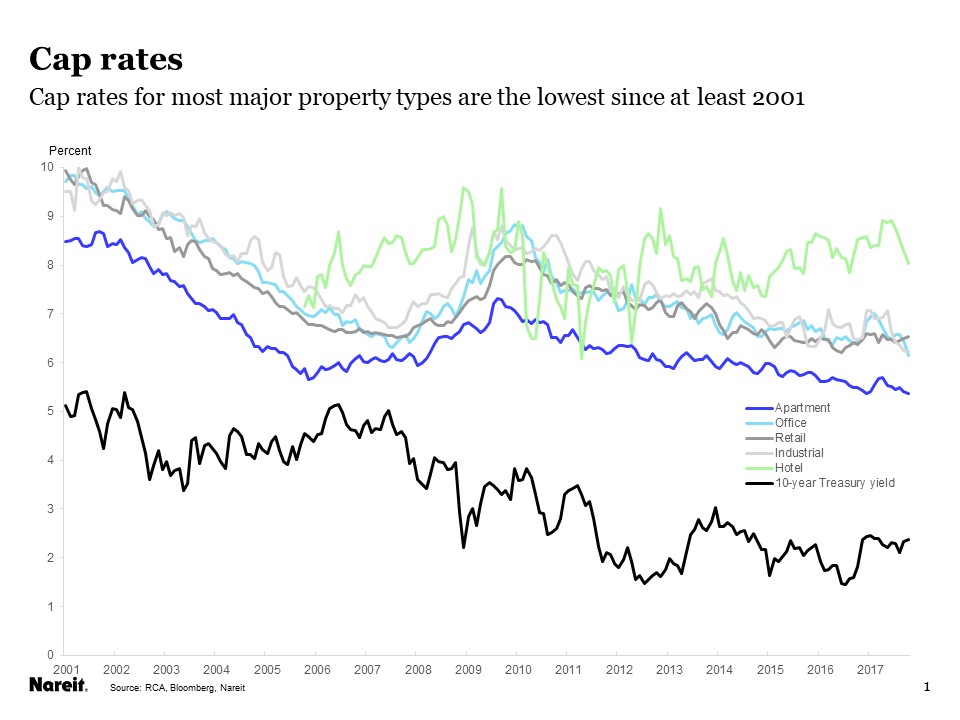Contents:


This five-star course on accounting can help you develop a stronger business mindset for managing assets. This is because most plant assets are either 1) long-term assets, 2) assets that are difficult to liquidate, or 3) both. Long term assets are often difficult to liquidate, and vise versa. Cost includes all normal and reasonable expenditures necessary to get an asset in place and ready for its intended use. The cost of a machine, for example, includes its invoice cost less any discount, plus necessary shipping, assembling, installing, and testing costs. Examples are the costs of building a base for a machine, installing electrical hookups, and testing the asset before using it in operations.
The accounting equation assets definition in business accounting refers to fixed business assets that depreciate over time. Plant assets can be any asset used to make money that has both a useful life of more than a year and does not directly become part of the product itself. Plant assets are usually very difficult to liquidate and turn into cash. This makes them different from other types of assets such as liquid assets, inventory, or intellectual assets. The other non-fixed assets can be sold or consumed relatively quickly because they are used for short term projects in a business.
How Are Plant Assets Accounted For?
They are considered to be noncurrent assets because they provide value to a company but cannot be readily converted to cash within a year. Long-term investments, such as bonds and notes, are also considered noncurrent assets because a company usually holds these assets on its balance sheet for more than one fiscal year. PP&E refers to specific fixed, tangible assets, whereas noncurrent assets are all of the long-term assets of a company.
When a https://1investing.in/ owns its own land on which they conduct business, they do not need to pay a third party for space to rent or do not need to ask permissions from a landlord to perform a certain action. Typically, land is one of the most valuable plant assets because it is highly appreciating. Land rarely depreciates in value so businesses purchasing land hold tremendous value.
Some final thoughts on plant assets
Whatever it costs the paving company to pave a parking lot, to build a sidewalk, to install street lights, to dig a decorative pond, etc. We follow strict ethical journalism practices, which includes presenting unbiased information and citing reliable, attributed resources. Land improvements of parking lots, driveways, fences, walks, shrubs, and lighting systems. Salvage value is an estimate of an asset’s value at the end of its benefit period. The length of time it is productively used in a company’s operations. An estimate of the asset’s value at the end of its benefit period.
Tangible Assets vs. Intangible Assets: What’s the Difference? – Investopedia
Tangible Assets vs. Intangible Assets: What’s the Difference?.
Posted: Sat, 25 Mar 2017 16:22:32 GMT [source]
Investopedia requires writers to use primary sources to support their work. These include white papers, government data, original reporting, and interviews with industry experts. We also reference original research from other reputable publishers where appropriate.
How are Plant Assets recorded in Accounting?
•Specialized plant assets may be required to extract the natural resource. • These assets are recorded in a separate account and depreciated. Straight-line depreciation charges the same amount of expense to each period of the asset’s useful life. We first compute the depreciable cost of the asset, also called the cost to be depreciated.

Finally, if required, the business or the asset owner has to book the impairment loss. In that case, the estimated realized value of the asset is less than the actual depreciated cost appearing in the books. Plant assets are stated at actual or estimated cost at date of acquisition. Construction is capitalized as expended and reflected in net investment in plant. The recovery period is 8 years due to MACRS half-year convention.
Today, plant assets are often referred to as Property, Plant, and Equipment (PP&E). The four main examples of plant assets, or PP&E, are land, equipment, buildings, and improvements. These assets provide considerable value to a company, and they have a long lifespan. Transferring an asset through a lease agreement can be difficult, especially if the asset comes with improvements. In that case, the lessor gets the full worth of the asset plus improvements, but the lessee can count the value until the end of the lease term.

There is no formula in accounting that classifies an asset as a long-term asset. The company lists the assets with a valuable life as long-term assets in the balance sheet. A long-term asset cannot be put in the same category as a current asset, as a company can easily convert a current asset into cash in a year.
C3Distinguish between revenue and capital expenditures, and account for them. Revenue expenditures expire in the current period and are debited to expense accounts and matched with current revenues. Capital expenditures benefit future periods and are debited to asset accounts.
- •Reporting higher depreciation expense in the early years of an asset’s life reduces the company’s taxable income in those years.
- Asset Management Control Portal Easily standardize asset management across your entire organization with a dedicated online asset label portal.
- New building construction is capitalized by building components and grouped into three general components of a building.
- We allocate the cost to the assets acquired based on their relative market values, which can be estimated by appraisal or by using the tax-assessed valuations of the assets.
- Plant Assets are fixed/tangible assets used in generation of income.
The name plant assets comes from the industrial revolution era where factories and plants were one of the most common businesses. This category of assets is not limited to factory equipment, machinery, and buildings though. Anything that can be used productively to general sales for the company can fall into this category. Plant assets, also known as fixed assets, are any asset directly involved in revenue generation with a useful life greater than one year. Named during the industrial revolution, plant assets are no longer limited to factory or manufacturing equipment but also include any asset used in revenue production. In financial accounting, an asset is any resource owned or controlled by a business or an economic entity.
Building improvements may include interior or exterior construction of a building or building systems, such as electrical or plumbing systems. They may also include the completion of interior or exterior appointments or finishes, so long as they are done as part of a significant alteration or renovation. Buildings and other construction are first accounted for as construction in progress.
All dispositions must be reported on a periodic basis so the costs thereof can be removed from the records. Books acquired by the University Library, regardless of source or cost, are capitalized in the physical properties section of the Plant Fund. If a property asset is sold for cash, with no trade-in being received, the asset sold is removed from the books and property records with no recognition of gain or loss on the sale.

If our estimate of an asset’s useful life and/or salvage value changes, what should we do? The answer is to use the new estimate to compute depreciation for current and future periods. If land is purchased as a building site, the cost of removing existing structures is not charged to the Land account. Plant assets are used in operations and have useful lives that extend over more than one accounting period.
The most valuable fixed assets during the Industrial Revolution were plants and factory facilities. Many of these plants today are a used many ways but still hold tremendous value for whichever business owns them. Learn the definition of a plant asset and understand how they are accounted for. Learn what plant assets are, if you currently have plant assets, and how to distinguish plant assets from other assets.
Improvements can be a large expense but are considered an investment, as maintaining and improving capital goods adds considerable value to the business. To be classified under the category of this kind of asset, it should be of tangible nature, which means that it should have the feature of being seen or touched. The next plant assets characteristics is that it should be able to provide benefit to the business for more than one year.
This loss of value is commonly referred to as depreciation, and it is calculated through the double-declining depreciation or straight-line depreciation methods. Each type of plant asset has a specific use from which value is derived. For example, plant equipment might be used to facilitate the manufacturing process of a product. Buildings may house the production and storage facilities as well as some of the company’s other operations while the land provides the location on which the buildings are built. Each type of plant asset has a specific use, but they are generally aimed at facilitating the company’s operations. They, therefore, fit in the description of an asset as anything that facilitates revenue generation.
Plant assets are tangible assets used in a company’s operations that have a useful life of more than one accounting period. Plant assets are also called plant and equipment; property, plant, and equipment (PP&E); or fixed assets. For many companies, plant assets make up the single largest class of assets they own. Noncurrent assets are a company’s long-term investments for which the full value will not be realized within the accounting year.